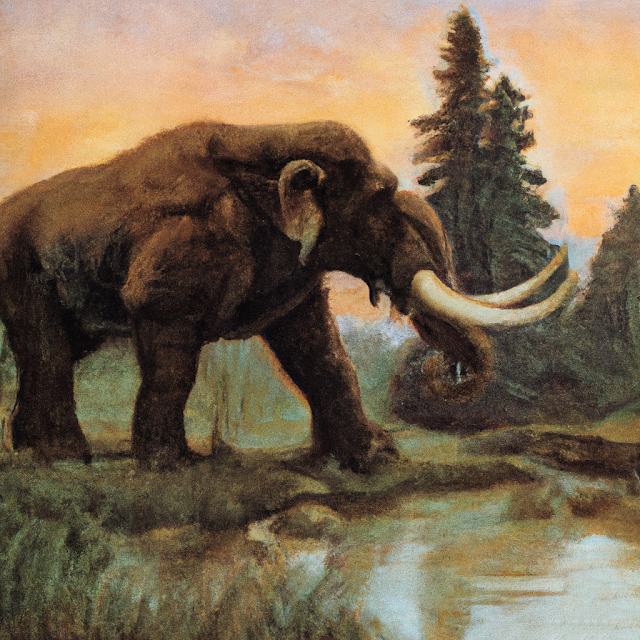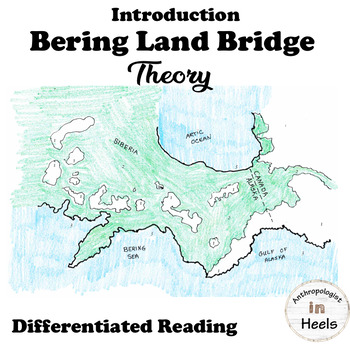Welcome! Everything teachers need to teach evolution, culture, language and archeology to middle and high school students.
Subscribe to:
Post Comments (Atom)
Anthropoligist In Heels Top Posts
-
Do not let the Cyrillic Alphabet scare you! Let's start with a little history. The Cyrillic Alphabet was invented by two brot...
-
With everything going on in Israel right now, today is a good day to publish Hebrew alphabet, numbers and charts. I will include maps as wel...
-
When I started learning Swedish two years ago, I learned that they make a distinction between paternal and maternal grandparents. This i...
-
The first time I started disliking Anglo-Centric people was about ten years ago. Here is my story. About ten years ago I had a part time ...
-
Si and Doch , the first word is French and the second is German. You say them after someone made a negative statement. The closest translati...








No comments:
Post a Comment